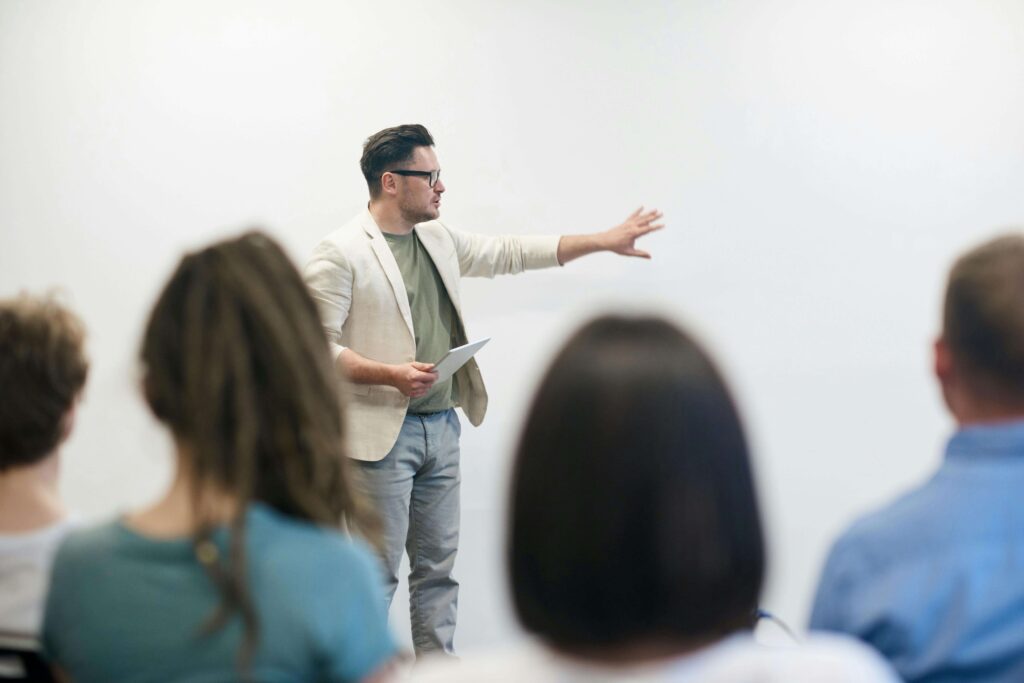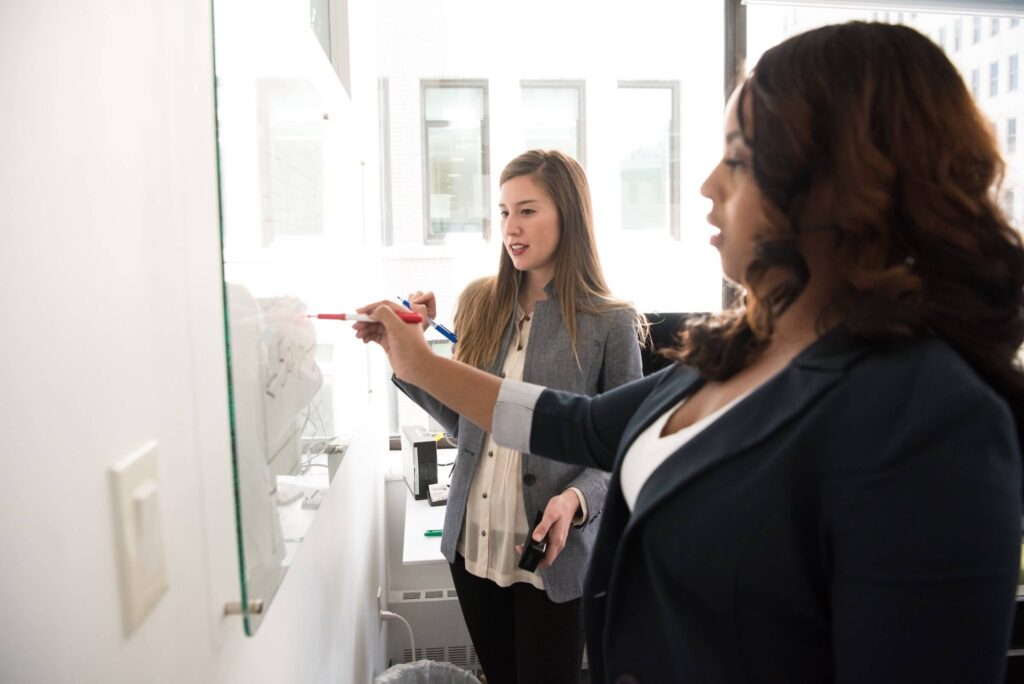Overview
As part of the November 2020 discussion, Joel Tosi and Dion Stewart, the authors of Creating Your Dojo: Upskill Your Organization for Digital Evolution and founders of Dojo and Co, presented their ideas. They explained how learning leaders could apply the ancient concept of a dojo to accelerate knowledge sharing across their organizations.
Moving away from the sandbox
Learning in development teams typically occurs within a ‘sandbox’ testing environment. Here, learners are free to experiment with isolated code without making changes to the final product.
These conditions create a safe learning environment for developers, with a low level of risk. They can play around with code and be creative without the fear of making errors.
However, often when the developers return to their work, they aren’t necessarily able to apply what they have learned. With live code, they are risk-averse and have to work carefully, which slows experimentation and learning.
The Dojo model
Dojo is an ancient word traditionally associated with Zen Buddhism. In Japanese, the literal translation is ‘place of the way’. People now use the term to describe a place of immersive learning, typically in martial arts.
At Dojo and Co, Joel and Dion have adapted the concept of a dojo to product development and offer learning environments staffed by experienced coaches.
The key difference in their sessions is that learners work on their live projects while learning. This set-up provides team members with experiential learning opportunities and enriches the learning experience by connecting it with what they do day-to-day.
Knowledge is intangible
Dion also stressed that knowledge is not concrete and is difficult to measure and manipulate.
He made an important distinction between tacit and explicit knowledge. Tacit knowledge is in somebody’s head, challenging to write down, and more difficult to share. Emotional intelligence and intuition are both good examples.
Explicit knowledge is easy to put into words and easy to share. Research and information in whitepapers are examples of this type of knowledge that are easy to transfer between people.
Most importantly, they emphasize that learning is social. People need to interact with each other, either remotely or in person, to create knowledge. Connection creates learning feedback loops between people, which helps to spread ideas.
Improving practices across the value stream
When working with teams inside a dojo, Joel explained that they are trying to avoid skill isolation. Fundamentally, they are trying to improve the way individuals deliver value across the whole value stream.
Early on in their six-week experience, a team in the dojo focuses on gaining a deep understanding of their product. They support engineering organizations with product exploration to understand the needs behind the product.
Joel added that if a team understands the problems they are trying to solve and applies good engineering practices to it, they can deploy it rapidly. They can also use the skills they have learned to put metrics around the deployment, which feeds back into discovery. This cycle creates a more impactful, contextualized learning experience.







